We asked ChatGPT and 6 other AI chatbots if a recession is coming. Here's what they said
From ChatGPT to Claude, we asked today’s top bots to weigh in on the next economic downturn. Their answers might surprise you
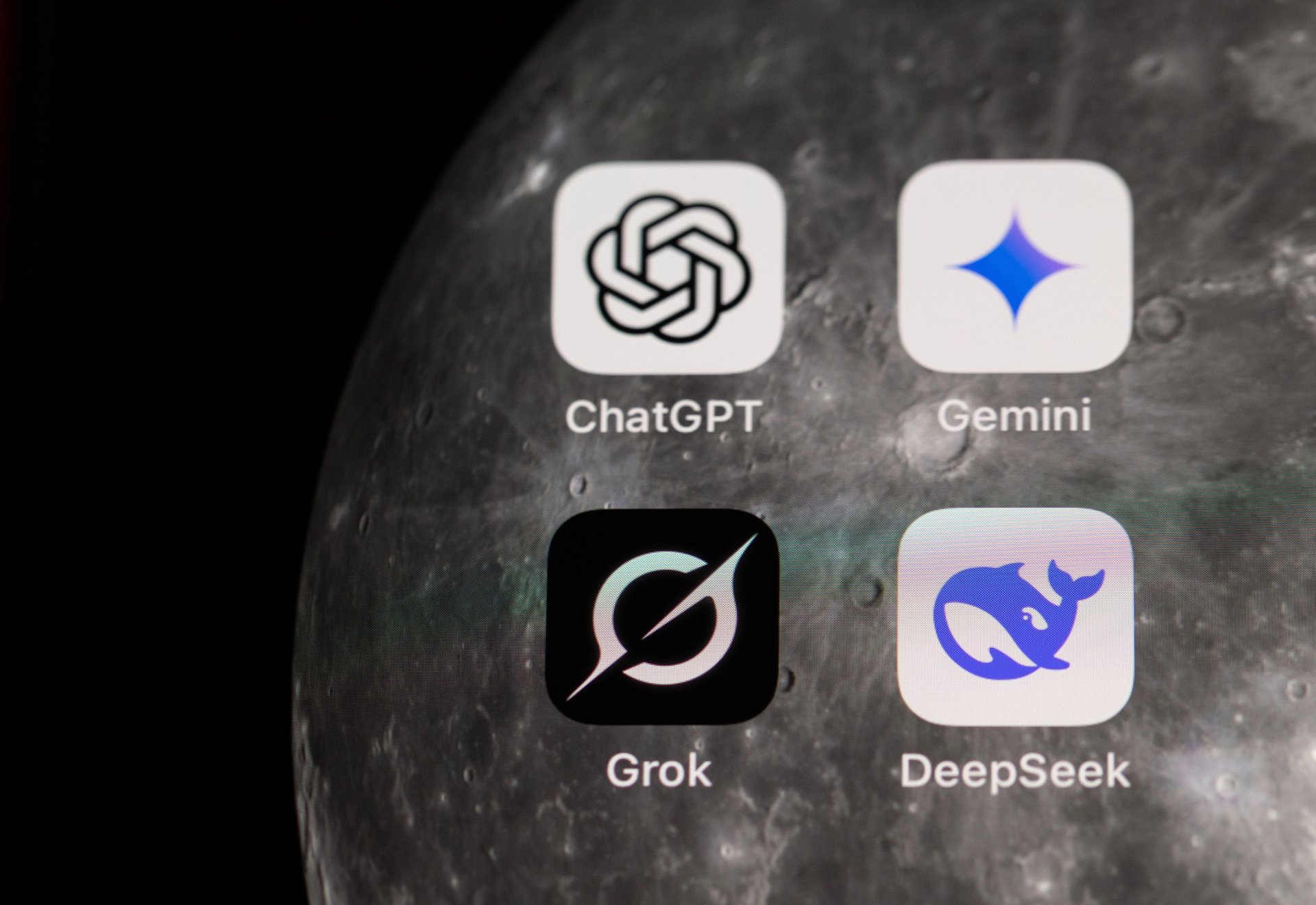
Andrey Rudakov/Bloomberg via Getty Images
Is a recession on the horizon? It’s the question hanging over everything from interest rate hikes to office coffee chats — and now, it’s one we’ve posed to artificial intelligence.
Suggested Reading
In an era when AI is increasingly being used to forecast financial markets, analyze economic data, and even offer investment advice, we wanted to know: How good are chatbots at reading the economic tea leaves? To find out, we asked ChatGPT and a handful of its closest competitors — think Claude, Gemini, and Perplexity — to weigh in on whether the U.S. is headed for a recession in the near future.
Related Content
We gave each bot the same task: analyze current macroeconomic indicators, from inflation and unemployment to GDP growth and Federal Reserve policy, and deliver a verdict. The goal wasn’t to crown a winner, but to get a sense of how AI interprets real-world data — and whether it leans toward optimism, pessimism, or somewhere in between. Could a well-trained algorithm make sense of the conflicting signals that have left human economists scratching their heads?
The answers were surprisingly nuanced. Some bots focused on cooling inflation and steady job numbers as signs of resilience. Others pointed to slowing growth, consumer debt, and geopolitical uncertainty as flashing warning signs. All leaned heavily on data — some a bit too literally.
Of course, no chatbot has a crystal ball (yet), and none can account for the next unexpected shock to the system. But in a moment where forecasting feels more like educated guesswork than science, it’s worth considering what AI makes of the economic mess we’re all trying to navigate.
So, here's what we asked:
Based on the most recent macroeconomic indicators — such as GDP growth, unemployment rate, inflation trends, consumer spending, and central bank policy — what is the likelihood that the U.S. economy is heading into a recession within the next 6 to 12 months? Please explain which indicators are signaling weakness or resilience, and compare current conditions to previous pre-recession periods. Use the most recent data available from the Bureau of Economic Analysis, Federal Reserve, and other authoritative sources.
Here's what each AI chatbot thinks.
ChatGPT
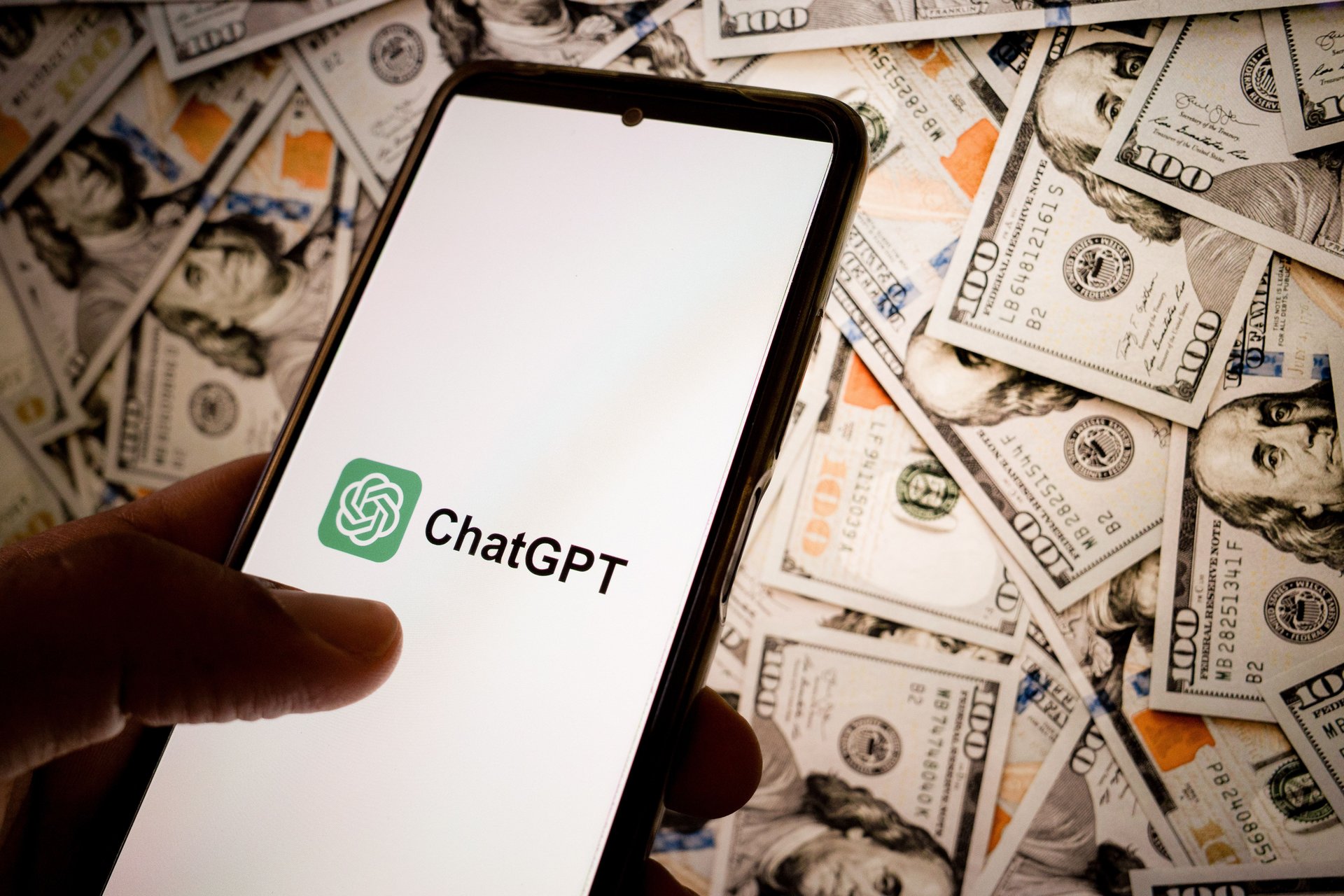
Photo by Nikolas Kokovlis/NurPhoto via Getty Images
According to OpenAI's ChatGPT, a recession isn't definitely on the horizon, but there are enough caution signs flashing to suggest that one could emerge in the next six to 12 months.
The economy contracted slightly in the first quarter of 2025, with GDP slipping 0.5% — the first negative reading in three years. But the Atlanta Fed’s GDPNow tracker expects a healthy 2.6% rebound in the second quarter, ChatGPT points out, suggesting the dip may have been a blip, not the start of a downward spiral.
The labor market is also sending mixed signals. Unemployment remains low at 4.1%, but job creation is slowing. Private payrolls declined in June, and jobless claims have quietly climbed to their highest levels since 2021. That’s not recession territory yet — but it does hint at softening.
ChatGPT points out that inflation is easing, though not as fast as the Fed would like. Core prices are still nearly a full point above the central bank’s 2% target, and new tariffs are adding to cost uncertainty. Still, falling inflation gives the Fed room to cut interest rates later this year, which could cushion any slowdown.
Meanwhile, consumer spending — the engine of the U.S. economy — has weakened, and leading economic indicators have now declined for six straight months, historically a red flag.
Put it all together, and ChatGPT puts the chance of a recession at around 33% — lower than earlier this year, but still notable.
Gemini
.jpg)
Thomas Fuller/SOPA Images/LightRocket via Getty Images
Google’s Gemini doesn’t mince words when it comes to the economic outlook: it sees elevated risk ahead. While not calling a recession outright, the AI points to a growing list of warning signs — and suggests the next six to 12 months will be critical.
One of Gemini’s main concerns? The dip in GDP. Real GDP contracted by 0.5% in Q1 2025 — a notable shift from the 2.4% growth seen the quarter before. According to Gemini, that kind of backslide is often a first domino in recessionary scenarios. Add to that decelerating consumer spending and shrinking corporate profits, and the picture starts to tilt toward caution.
Inflation, too, is proving sticky. Even as overall price growth has slowed since its 2022 peak, core inflation metrics remain stubbornly high — around 2.9% for CPI and 3.5% for the Fed’s preferred PCE measure. That keeps pressure on the Federal Reserve to stay the course on higher interest rates, which may further cool economic activity.
Despite those headwinds, Gemini isn’t fully sounding the alarm. The unemployment rate remains low at 4.1%, and consumer spending, while slowing, is still climbing overall. Investment is also holding steady — a hopeful sign of business confidence.
Gemini ultimately frames the situation as a balancing act. There’s no dramatic downturn — yet — but the mix of GDP contraction, inflationary pressures, and central bank caution raises the risk. If the labor market softens further or inflation rebounds, that 35% probability of a recession within the year could climb fast.
Grok
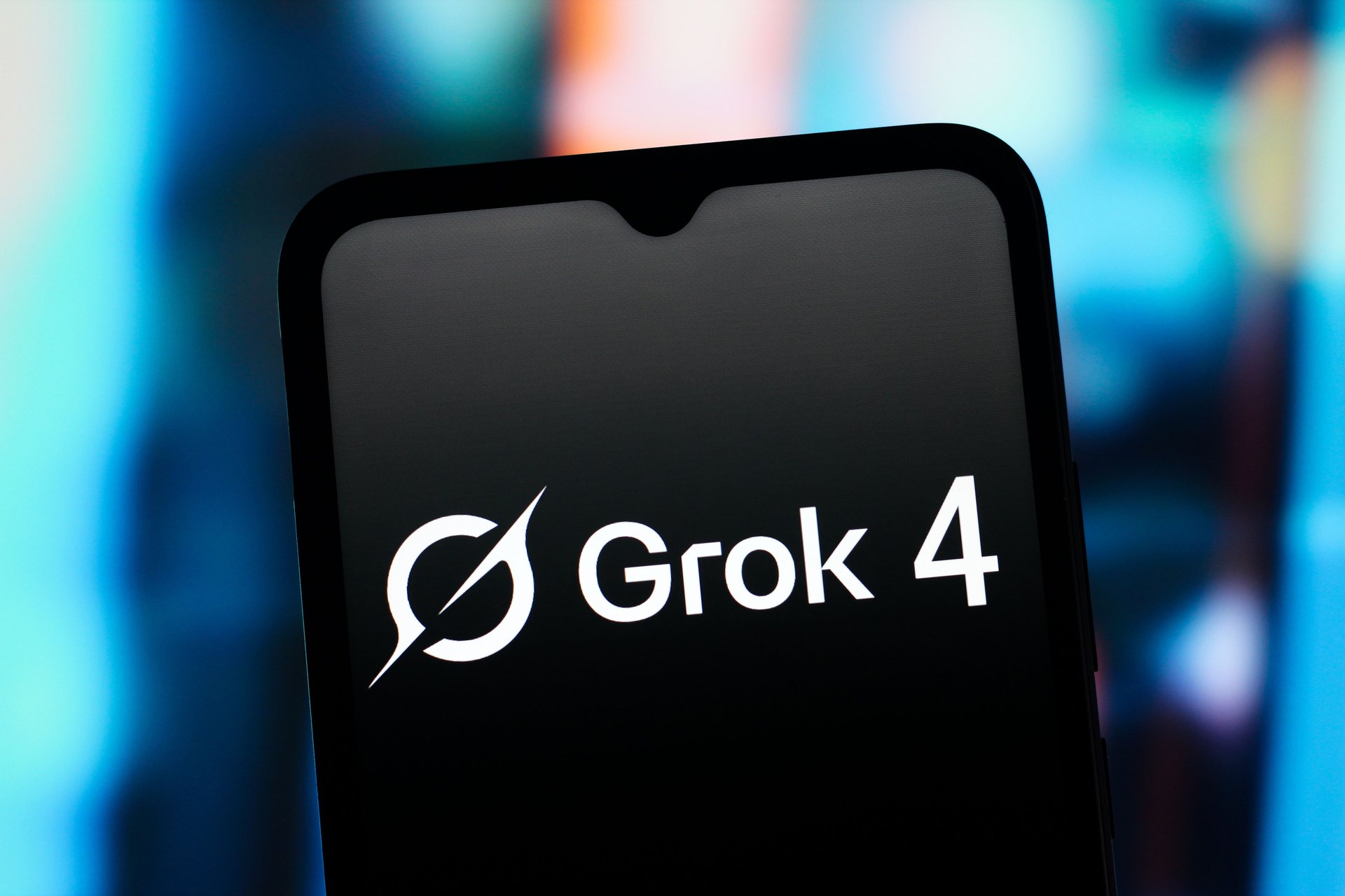
Thomas Fuller/SOPA Images/LightRocket via Getty Images
Elon Musk’s chatbot Grok takes a measured, data-driven approach to the recession question — and its conclusion is cautiously optimistic. While Grok doesn’t rule out trouble ahead, it pegs the near-term recession risk at a moderate 20–30%.
The AI highlights the 0.5% GDP contraction in Q1 2025 as a clear red flag, reminiscent of early signals seen in past downturns. But Grok is quick to note that Q2 is expected to rebound with 2.6% growth, and consumer spending — still growing at nearly 3% — is helping to hold up the broader economy. Compared to 2008 or 2000, when recessions followed multiple quarters of weak growth, Grok says today’s numbers don’t yet spell imminent danger.
The unemployment rate, holding steady around 4.2%, also points to underlying strength. While rising unemployment claims suggest some labor market softening, Grok views the current job situation as more resilient than in prior pre-recession periods, where unemployment had already begun a steep climb.
On inflation, Grok flags an emerging concern. While current numbers are far lower than 2022 highs, new tariffs taking effect in August could push prices up again and complicate the Fed’s cautious approach to rate cuts. With interest rates still hovering between 4.25% and 4.50%, the central bank is walking a tightrope as it attempts to offer some policy support without reigniting inflation.
Ultimately, Grok's view is nuanced: the U.S. economy isn’t flashing full-blown recession warnings, but it’s navigating an increasingly complex set of risks. A slowdown is plausible by late 2025 or early 2026, the AI says, especially if inflation flares or consumer confidence slips. But as of mid-July, the data supports a thesis of slowdown — not collapse.
Claude
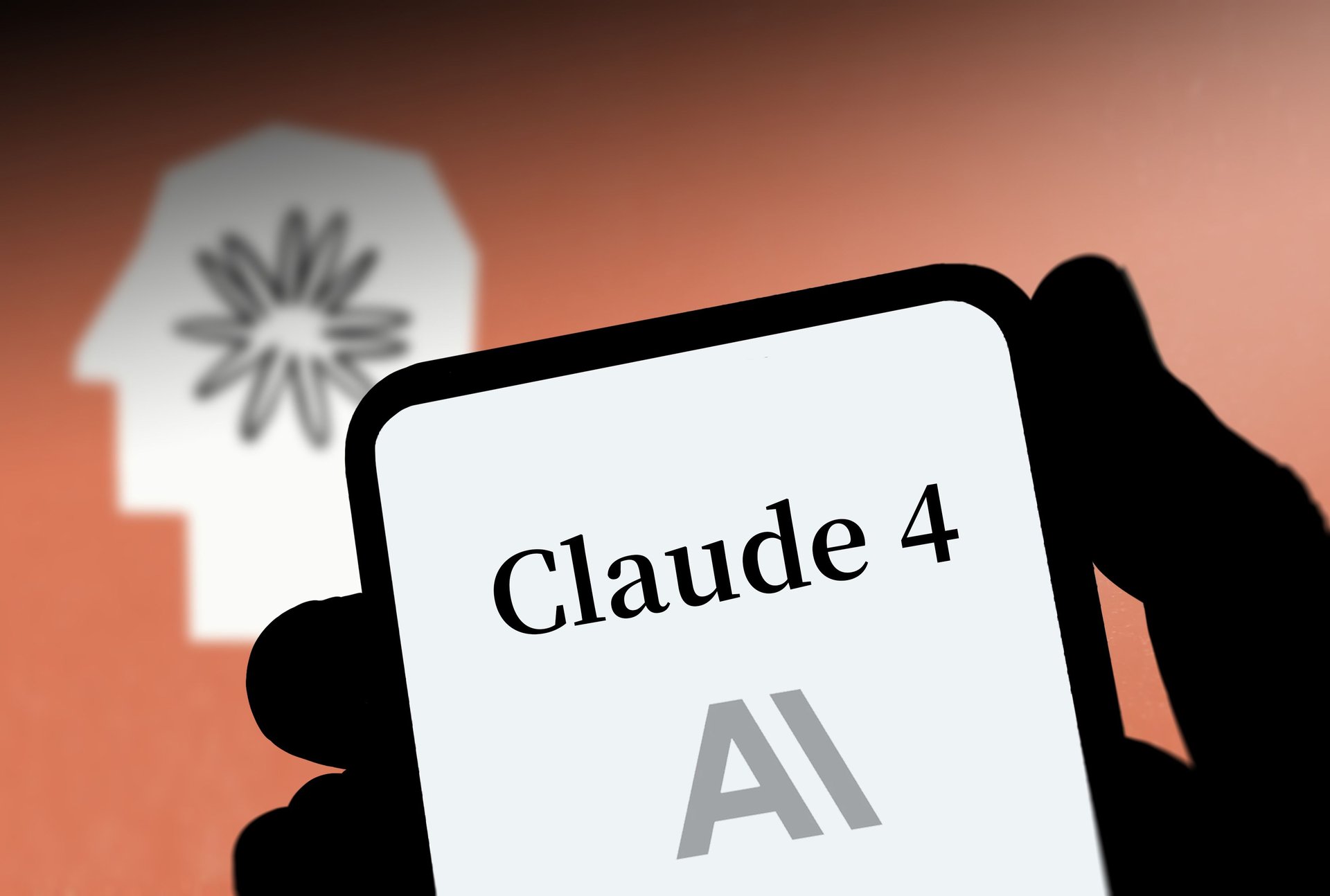
Photo by VCG/VCG via Getty Images
Anthropic’s AI model Claude offers a tempered outlook when asked if a recession is coming, placing the odds at a relatively modest 15% to 20% over the next 6 to 12 months. That’s above the historical average but far from a definitive warning flare. Its take is that while economic risk has increased, the current picture doesn’t resemble a typical pre-recession environment.
Claude points to first-quarter GDP data as a case of mixed signals. Yes, there was a contraction — but it was largely driven by a spike in imports, which subtract from GDP in accounting terms. That doesn’t necessarily mean demand is falling.
When it comes to employment, Claude highlights a gradual deterioration, not a sharp decline. The Federal Reserve expects unemployment to tick up from its current 4.2% to about 4.5% this year, with Deloitte forecasting it will average 4.6% in 2026. That’s softening, yes — but not a red flag.
Claude is more cautious on inflation. With headline PCE inflation at 2.5% and core readings still above target, the Fed has maintained a restrictive interest rate of 4.5%, and projections suggest only gradual rate cuts ahead. This tight stance, Claude notes, could start to bite if inflation stays stubborn and growth slows.
Even so, the strongest case against a recession might be American consumers. Real consumer spending is projected to grow 2.9% this year — a figure Claude says remains a pillar of economic strength.
In short, Claude doesn’t see a recession as likely in the near term. But if tariffs spike costs or inflation lingers, the balance could shift.
Granite
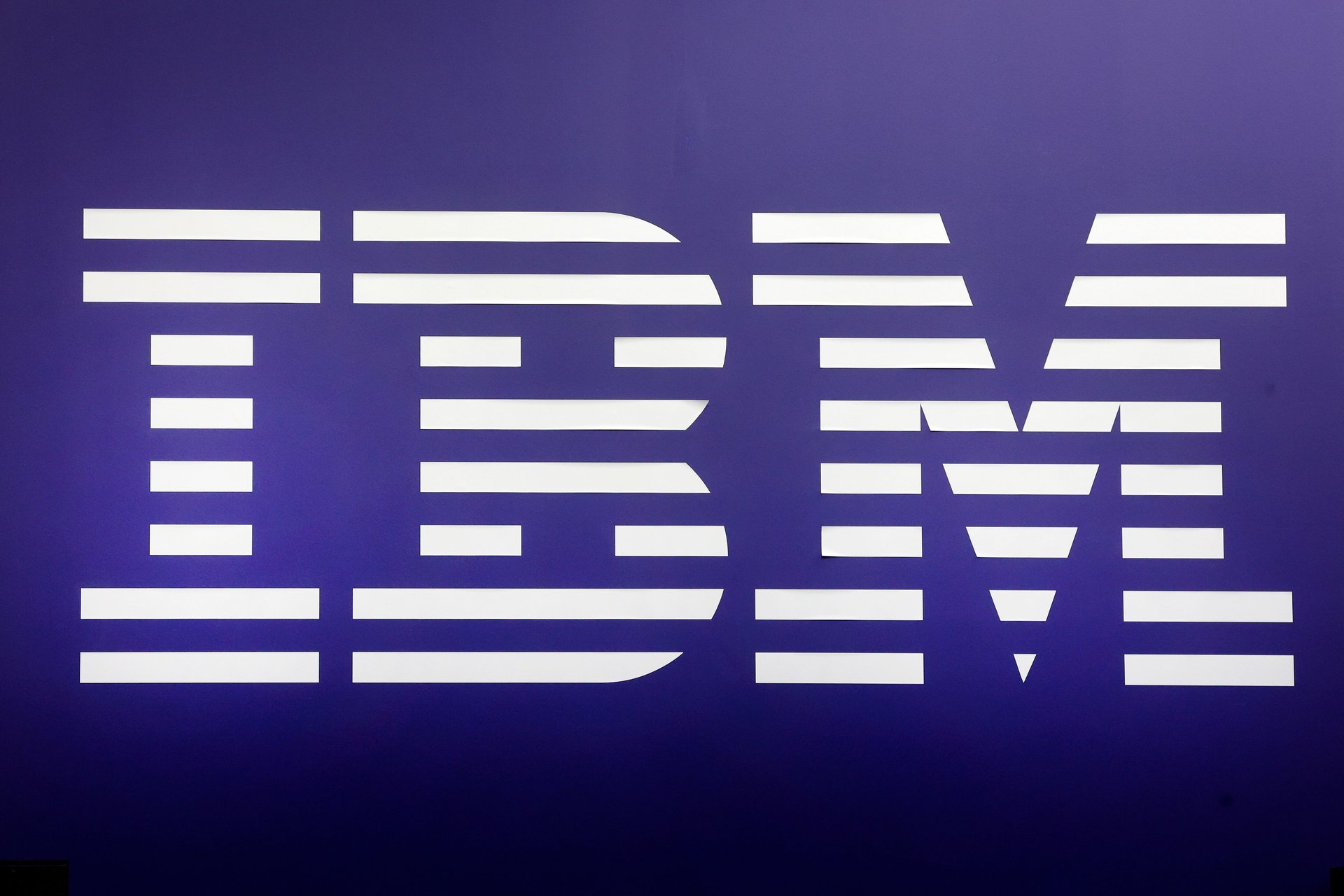
Photo by Chesnot/Getty Images
Granite, the AI model built for business forecasting, isn’t ringing the alarm bells on a U.S. recession just yet. According to its analysis, the economy in July 2025 is showing signs of strain, but not enough to meet the classic definition of a downturn. In Granite’s words, it’s more likely we’re headed for a stretch of “stagflation-lite” than full-blown recession.
The most recent GDP figures highlight this tightrope walk. Yes, the economy shrank by 0.3% in Q1, but, like Claude, Granite points out that contraction came amid a temporary spike in imports as well as reduced government spending.
While the unemployment rate is expected to tick up from 4.2% to around 4.5% by year’s end, that’s still well below the levels that typically signal a downturn. During the dot-com bust or the Great Recession, Granite says, unemployment spiked well past 5% before a recession took hold.
The chatbot flags inflation as the biggest risk to stability. With PCE inflation running at 2.5%, the Fed is holding interest rates steady at 4.5% and signaling more hikes could come. That tight stance may crimp growth, but it’s also a necessary hedge against runaway prices.
Consumer spending, meanwhile, remains a quiet engine of resilience. Projected to grow nearly 3% this year, it’s supported by a labor market that’s still delivering real income gains.
The bottom line: Granite puts the chances of a recession at just 15% to 20%. The bigger worry? A slow, inflation-weighted economy that doesn’t tip over — but doesn’t speed up, either.
Ninja (Powered by DeepSeek)
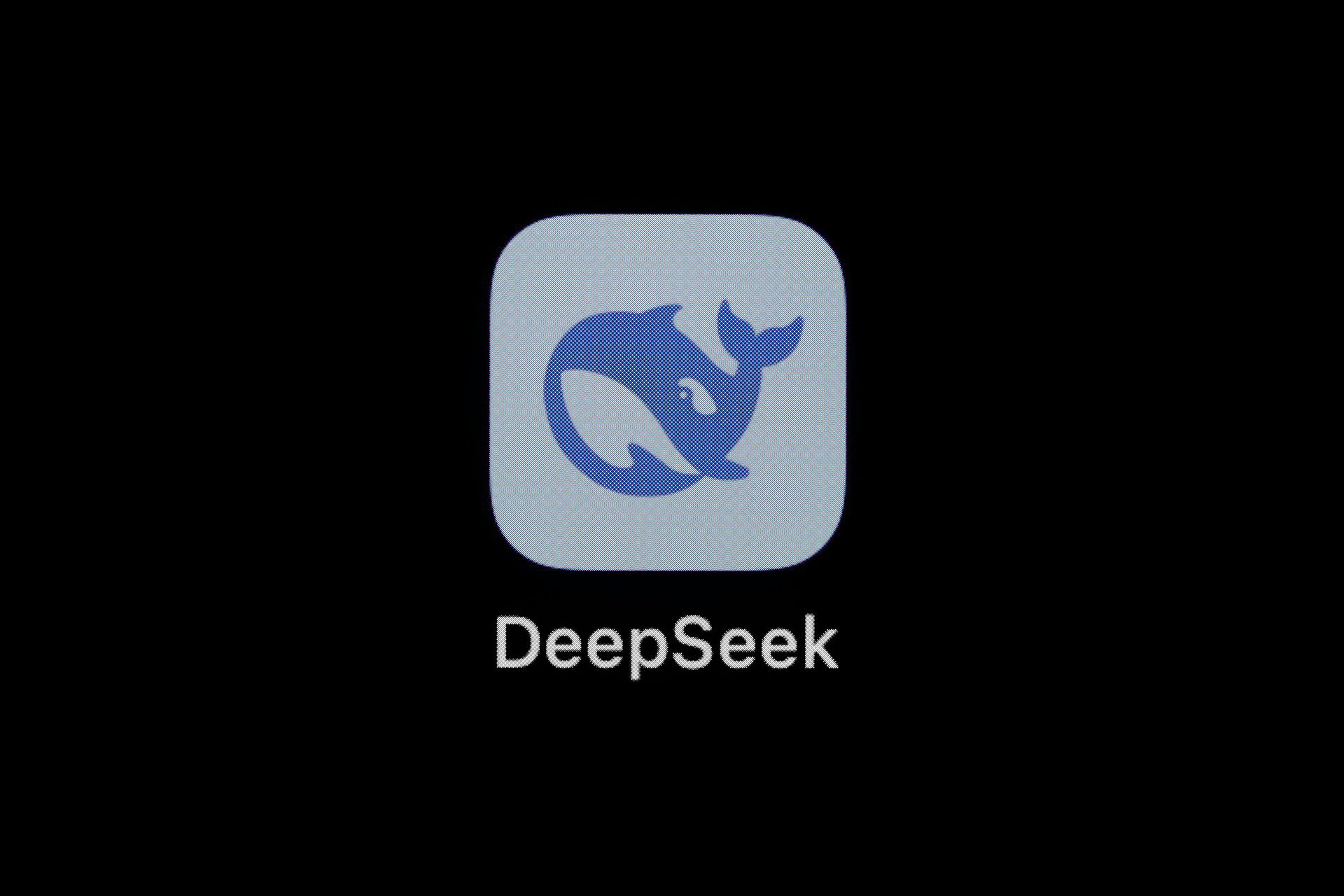
Silas Stein/picture alliance via Getty Images
According to Ninja, the AI model that takes a macro view of the economy, the risk of a U.S. recession in the next 6 to 12 months is more than just a hypothetical — it’s a growing possibility. While the AI doesn’t go full doom-and-gloom, it places the likelihood of a recession at roughly 35%, slightly down from last quarter but still elevated compared to earlier in the year.
Much of this comes down to decelerating growth. Ninja points out that U.S. real GDP is projected to slow to 1.9% in 2025 and drop even further to 1.3% in 2026. That kind of long glide path doesn’t necessarily scream “crisis,” but it does suggest a prolonged period of economic weakness.
One of the more ominous signals? The Treasury yield curve, which Ninja flags as flashing red. Historically, when short-term yields exceed long-term ones — known as an inversion — it often precedes a recession within a year. That pattern is now in play, bolstering concerns that the economy could be on a familiar, if slow-burning, path toward contraction.
Still, Ninja doesn’t ignore signs of resilience. The labor market remains relatively stable, and consumer incomes continue to hold up — two factors that help soften the blow of a cooling economy.
What’s the AI watching now? Two technical markers of recession: back-to-back quarters of negative GDP growth and the Sahm rule, which tracks rapid increases in the unemployment rate. Neither has been tripped yet, but they’re blinking on the dashboard.
In short, Ninja sees a mixed picture: the economy is weakening, but not collapsing. A recession isn’t inevitable — but it’s far from off the table.
Falcon
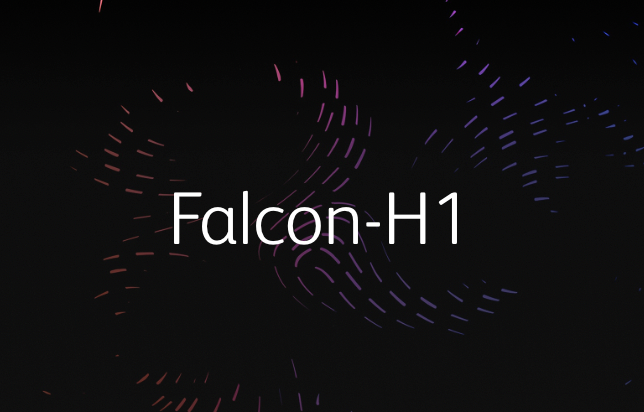
Falcon H-1
Falcon, the AI model trained to spot long-term macroeconomic trends, isn’t in the business of hot takes. Instead, it prefers a methodical approach — comparing current indicators with historical patterns. And while Falcon doesn’t have access to data beyond May 2025, it offers a solid blueprint for how to think about recession risk.
The foundation of Falcon’s analysis rests on five classic indicators: GDP growth, unemployment, inflation, consumer spending, and Federal Reserve policy. In the chatbot's view, the convergence of several “weakness signals” — sluggish GDP, rising unemployment, a pullback in spending, and continued tight monetary policy — would point strongly toward a coming downturn.
By that logic, the recent contraction in Q1 GDP, hints of labor softening, and the Fed’s ongoing caution all fit familiar pre-recession patterns. This isn’t uncharted territory: The same cocktail of slowing growth and tighter policy preceded downturns in 2007 and 2020. But Falcon also reminds us that no two recessions look exactly alike.
Importantly, Falcon points to resilience signals that shouldn’t be ignored. A still-low unemployment rate, steady consumer activity, and easing inflation could act as shock absorbers for the broader economy. If the Fed pivots away from tightening or consumer confidence remains intact, a downturn might be avoided altogether.
In short, Falcon doesn’t make a hard call, but it does hand us the historical playbook — and suggest we keep a close eye on whether today’s numbers start to rhyme too closely with those of 2007 or 2020. For now, the U.S. economy is walking the line.
